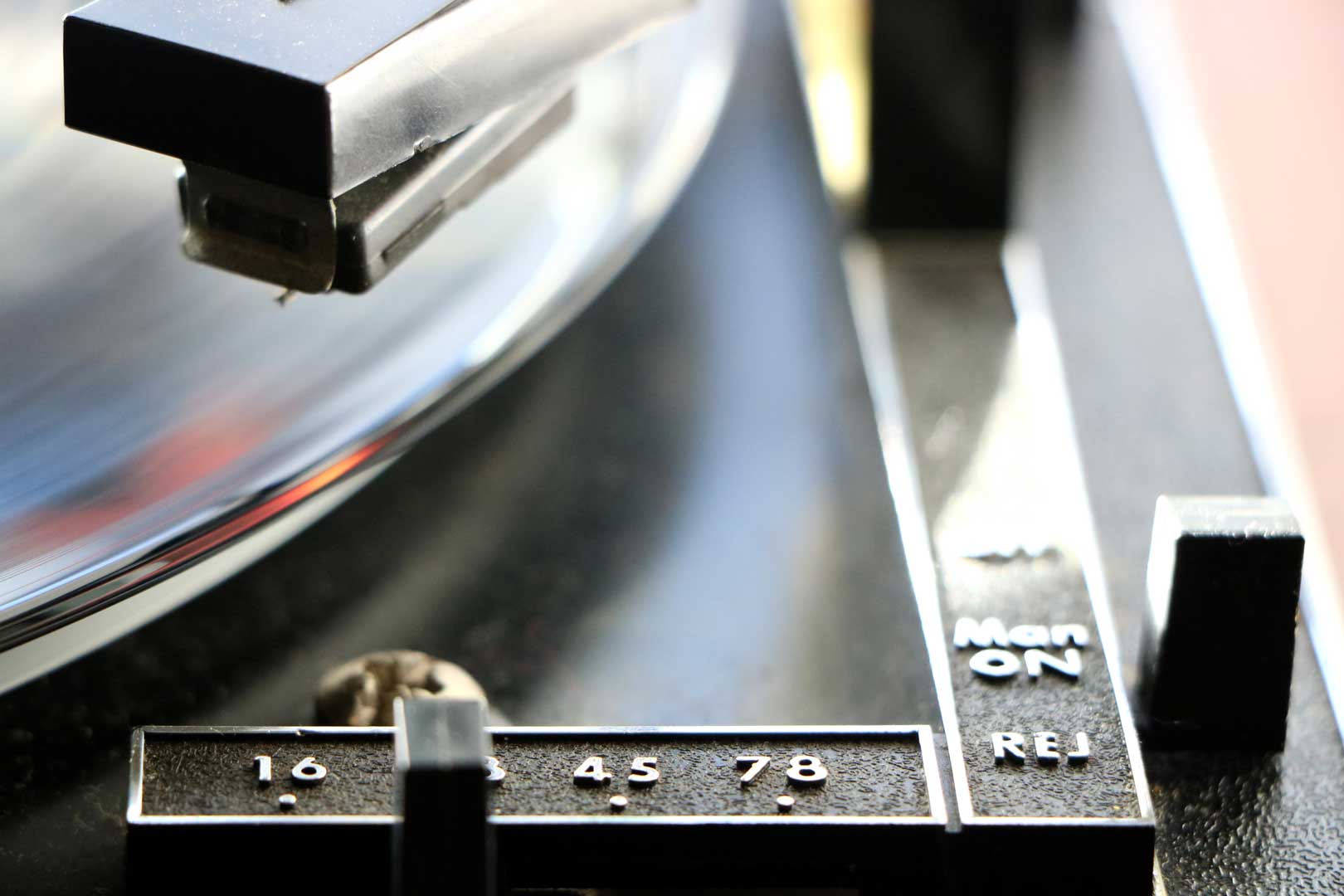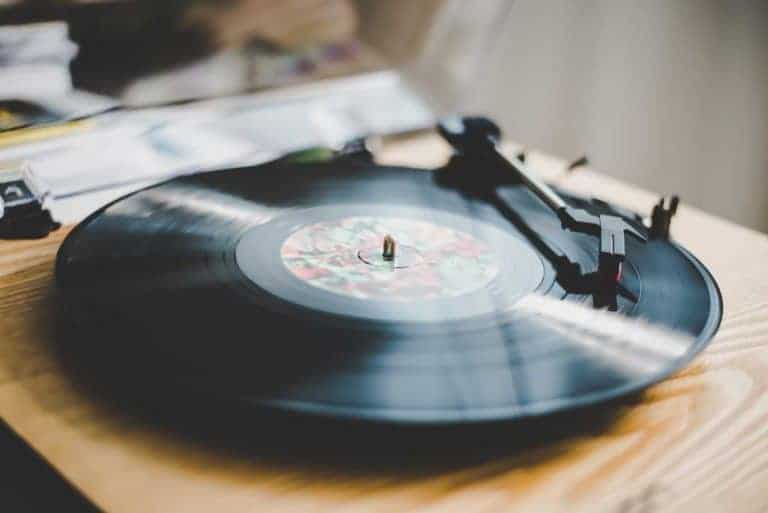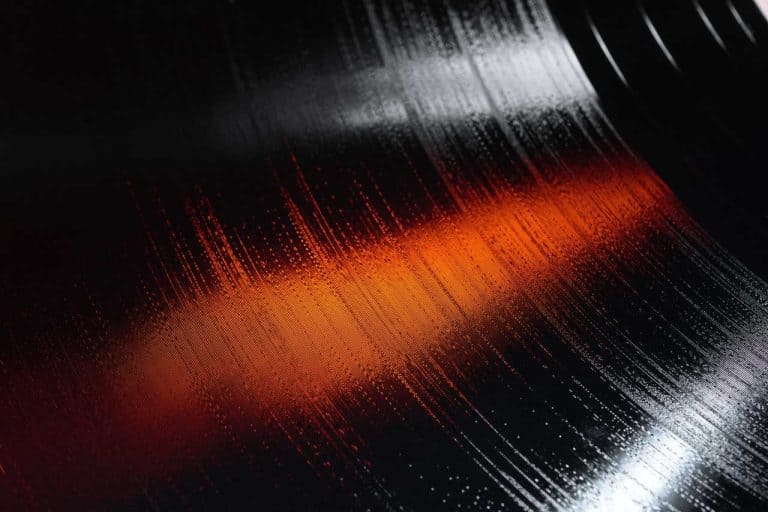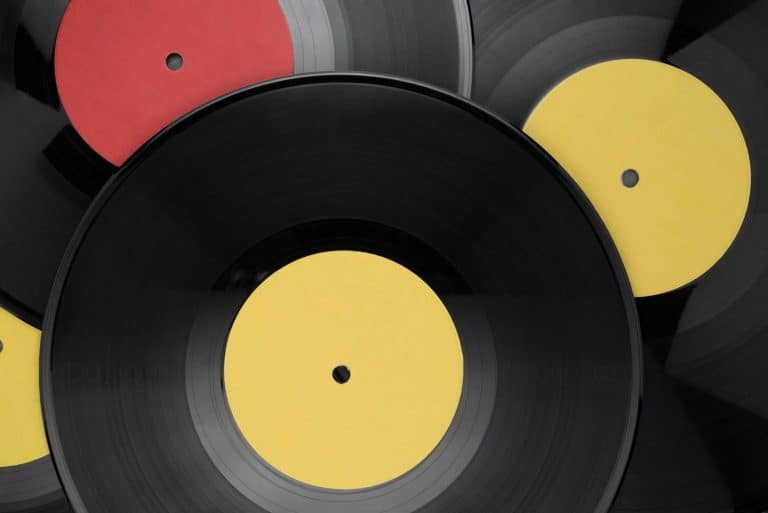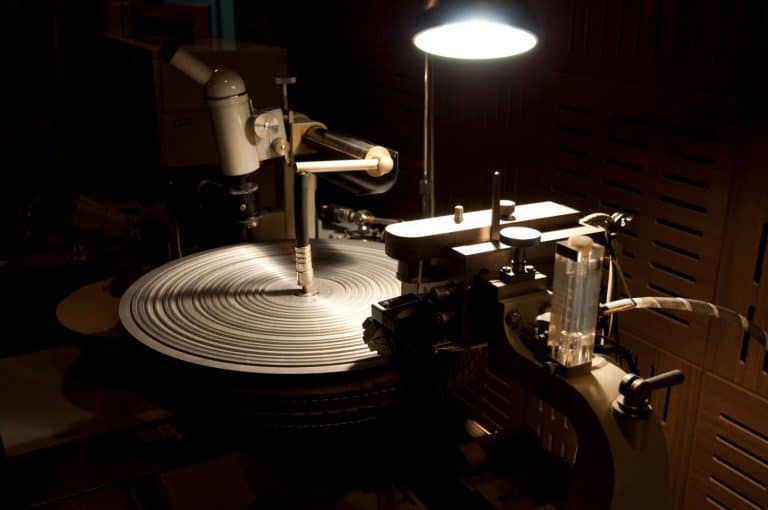My Turntable Has 3 Speeds But Are 78 RPM Records Still Made?
So your record player has three speeds, 33⅓ RPM, 45 RPM, and 78 RPM? You have some vinyl records in your collection that say 33⅓ or 45 but you have not seen a 78 RPM record.
Are 78 RPM records still made? No, 78 RPM records are not still made. 78 RPM records were, for the most part, discontinued in 1959 in the USA, with the exception of some small gospel labels and kids records. Other countries continued production for this speed in children’s records until the late 70’s to mid 80’s.
This once-popular record speed, 78 RPM, was commonly made from shellac. Shellac was very thin and brittle when the records aged they became even more brittle. As manufacturing and materials changed and became more limited so did the speeds of records resulting in the discontinuation of 78 RPM.
When Did They Stop Making 78 RPM Records?
78 RPM records were produced for a very long time. From around 1898 to 1959. While America largely abandoned this speed in 1959, they still used this speed for children’s records until the late 1970’s. Several other countries continued using the 78 RPM speed for a while. In the U.K., South America, and Russia for instance they still limitedly pressed 78 RPM records. Some for kids albums and others as actual releases. However, as the 4 and 3 speed turntables began to no longer exist, this speed was mostly abandoned by the 80’s.
Why Did They Stop Making 78 RPM Records?
Commonly called “shellac records” or “shellac,” these records were generally made from a shellac resin instead of the vinyl lp used today. During World War II, shellac was limited causing the switch to vinyl pressings. Vinyl made for a more durable record to send to troops as well which was a win-win.
Another reason for the discontinuation of this speed is based on the fact 78 format contained between four minutes on a 10- inch and five minutes of music on a 12-inch. That is only one song per side. As the need for full LP’s, also known as “Long Play Records”, surfaced, the slow recording speed allowed the production companies to fit more songs on one side. This was more efficient cost-wise and playing-wise. This made manufacturing and purchasing music more affordable.
About My 78 RPM Records
The 78 RPM speed records are a pretty interesting piece of music technology history. This speed has war history, technology history and even history in the materials used. That is what makes them some of the most collected records to date. With the fragility of these records comes rarity.
How Can You Tell If A Records Is 78 RPM?
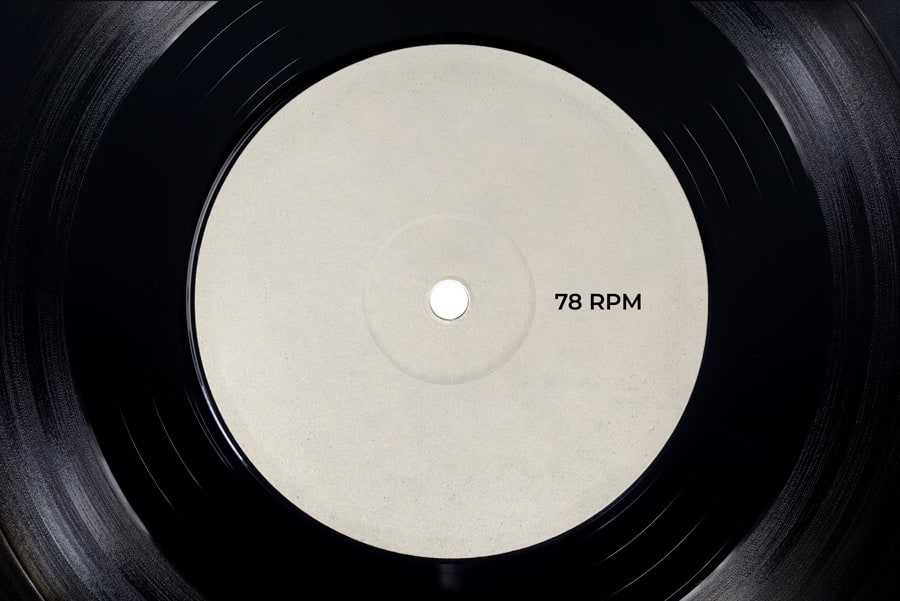
Typically speaking, 78’s are 10” records with some being 12”. Most record speeds are labeled on their center label for their intended listen speed. However, if all else fails, play it on a slower speed first to see what it sounds like.
If the sound produced sounds like slow motion:
- Remove the stylus
- Stop the rotation
- Change your turntable speed to the next speed up
- Repeat if needed
*It is important to note you must follow these steps to not ruin your records. If you change the speed with the stylus still down you run the risk of damaging the grooves.
If the sound produced sounds like the chipmunks singing:
- Remove the stylus
- Stop the rotation
- Change your turntable speed to the next speed down
- Repeat if needed
*It is important to note you must follow these steps to not ruin your records. If you change the speed with the stylus still down you run the risk of damaging the grooves.
You will not damage the record playing it at the wrong speed. It’s not really the greatest thing to do to them but it will not damage them. Especially if playing them briefly to figure out the speed. Just make sure you are using a clean stylus and that you follow the method above.
How Common Are 78 RPM Records?
78 RPM records used to be very common, but, as with anything, as they age and become more delicate they break or become damaged. The later the 78 RPM record, generally, the less rare as the later records were pressed in a form of vinyl like the records today. The flimsiness of the traditional 78 makes for delicate balance of breakability and damage. A lot of 78’s that are still floating around are considered rare and if they are in good condition they are even more rare.
Some of music’s aficionados consider this the most serious form of collectors items. It was after all the most popular early form of music recording formats. The artists back then did not really have another choice in format. So, some artists have their full discography on 78 RPM.
Can You Play 78 RPM Records On A Modern Turntable?
Recently, more and more modern turntables are adding 78 back as a feature. While most people will not ever own a 78, it is always nice to have the option to play it. It is one of those nice to have but not a deal breaker features in a turntable as 33⅓ and 45 are the standards now. Crosley is said to have started the trend of including the 78 RPM speed with one of its lower budget turntables. Now many turntable manufacturers are including this speed with their turntables.
You will be able to tell if your turntable has this ability if you see a speed switch with the number 78 labeled as an option. Several of the turntables we recommend have this option. This does not necessarily mean you can play them. Most 78 RPM records require a special stylus to play them. So, just because your turntable can spin at 78 RPM does not mean out of the box you can start playing them.
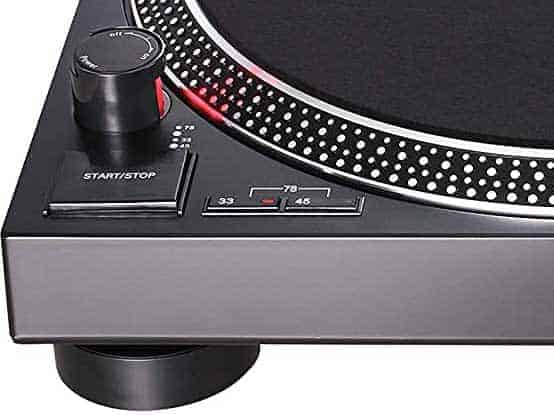
The Audio Technica LP120X has the option if you press both 33⅓ and 45 together as seen in the picture above.
What To Do With Old 78 Records?
If 78’s are cleaned properly (shellac 78’s can not be cleaned with the same alcohol based cleaners as other records because the alcohol removes the shellac), stored upright, and in the right conditions, then you should have records that are in pretty good condition. You could consider selling them to collectors if you are wanting to get rid of them.
If you want to see if they are worth any money, a great place to look them up and consider selling them is Discogs. On the Discogs website you can look albums up by press number or just the album name itself. We really enjoy the discogs website for learning about different pressings and values.
If you do decide to sell them online with Discogs or eBay be sure you ship them carefully. Another great option is always your local record shops. Most chains will not understand the difference between them; however, your local guy can give you a great opinion on the value of them and if they could truly be sold.
Does Anyone Buy 78 RPM Records?
Just like with anything, especially in the audio world, there are collectors for everything. There are some people who specifically collect 78 RPM records. It may be difficult to find them individually but you could consider selling them in your local record shop or online using Discogs or eBay. The local record shops are probably going to be your best option. Most chains will not understand the difference between them; however, your local guy can give you a great opinion on the value of them and if they could truly be sold. One of the best things about the local record shop is the history and stories you can get while you are there!
Our Conclusion
78 RPM records have a fantastic history that we think you should look even further into or talk to an aficionado about. While 78’s are not mass produced anymore, for the most part, they are considered collectible and may be worth a pretty penny if you have the right ones kept in the right condition. If you do happen to have a 78 RPM record, consider yourself lucky to have a piece of true music history!
Happy listening, and we hope you enjoyed the read.
Frequently Asked Questions – Are 78 RPM Records Still Made?
Are 78 RPM records still made?
No, 78 RPM records are not made anymore. They were popular in the early 20th century, but production ceased in the late 1950s.
What is the difference between 78s and other types of records?
78s are played at a speed of 78 revolutions per minute, while other records, such as 33s and 45s, are played at different speeds. Additionally, the 78 rpm recordings were made out of shellac discs, which is different from the vinyl used in later records.
Can I play 78 RPM records on a modern turntable?
Most modern turntables do not have the capability to play 78 RPM records. However, there are special turntables available that can play a 78 LP, or you can also find vintage record players that have this feature.
What are the advantages of 78 RPM records?
78 RPM records have a unique sound quality that some people prefer. They also have a larger groove size, allowing for more detailed sound reproduction.
How long can a 78 RPM record play?
A 78 RPM record typically contains around three to five minutes per side.
Why did 78 RPM records become less popular?
Several factors contributed to the decline of 78 RPM records. The introduction of magnetic tape in the 1940s allowed for longer recording times, which made albums and LPs more popular. Additionally, the rise of rock and roll music in the 1950s favored the smaller and more portable 45 RPM records.
Can I still find 78 RPM records to add to my collection?
Yes, there are still existing records that can be found in antique shops, record stores, or online. However, they are considered to be rare and often command higher prices.
Are there any record companies that still produce 78 RPM records?
No, there are no record companies that currently produce 78 RPM records. The format has been discontinued for many years.
How does the sound quality of 78 RPM records compare to modern digital audio?
The sound quality of 78 RPM records is different from modern digital audio . While some people enjoy the warm and nostalgic sound of vinyl, others may prefer the clarity and precision of digital audio. We tend to believe a well kept vinyl sounds better than digital audio from a stream.
How did the decline of 78 RPM records impact the music industry?
The decline of 78 RPM records marked a significant shift in the music industry. Record sales went directly to 33 records and 45s, and the market for 78s faded from the scene by 1955. This transition also marked the beginning of recording technology advancements that would shape the future of music sales and consumption.

